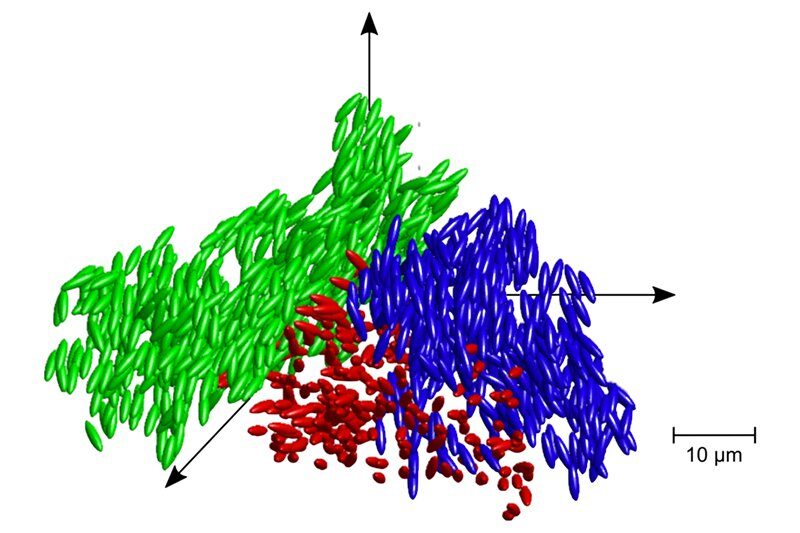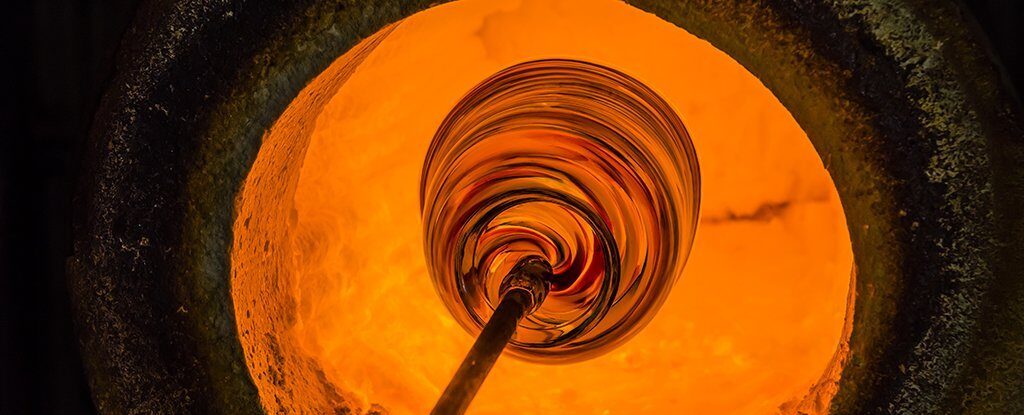The glass transition holds a lot of fascination for scientists, and the new state of matter - called 'liquid glass' - exhibits behaviour at the microscopic level that hasn't been seen before, marking it as separate from previously observed phenomena.
This new state seems to exist between a solid and a colloid (such as a gel): homogeneous mixtures with particles that are microscopic but still bigger than atoms and molecules, and easier to study. In this case tiny, tailor-made plastic ellipsoidal colloids were created and mixed together in a solvent.
"This is incredibly interesting from a theoretical vantage point," says Matthias Fuchs, a professor of soft condensed matter theory at the University of Konstanz in Germany.
"Our experiments provide the kind of evidence for the interplay between critical fluctuations and glassy arrest that the scientific community has been after for quite some time."
When materials transform from liquids into solids, their molecules usually line up to form a crystalline pattern. Not so with glass, which is why scientists are so keen to analyse and deconstruct it: with glass (and glass-like materials), the molecules are locked or frozen in a disordered state.
In liquid glass, the scientists noticed the colloids were able to move, but couldn't rotate - they had more flexibility than the molecules in glass, but not enough to make them comparable to regular materials that have already been extensively studied.
By using ellipsoidal colloids rather than the standard spherical shapes, these locked rotations could be observed. The particles clustered together in groups with similar orientations, which then obstructed each other inside the material.

The researchers say the new state of matter is actually two competing liquid-to-solid transitions interacting, creating the mixture of different properties. The shape and the concentration of the particles seem to be crucial in creating this liquid glass.
As ever with glass transitions, there remain a lot of unanswered questions, but the study authors are hoping that the discovery of liquid glass - which scientists have been predicting for twenty years - can help improve our understanding of how glass transitions work at the smallest of scales.
The findings have the potential to go way beyond glass as well, shedding light on everything from the smallest biological cell to the biggest cosmological system - any scenario where there is unexplained disorder.
"Our results give insight into the interplay between local structures and phase transformations," write the researchers in their paper.
"This helps to guide applications such as self-assembly of colloidal superstructures and also gives evidence of the importance of shape on the glass transition in general."
The research has been published in PNAS.




Comment: See also: